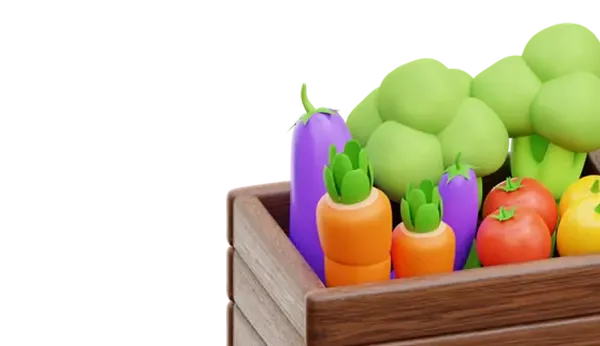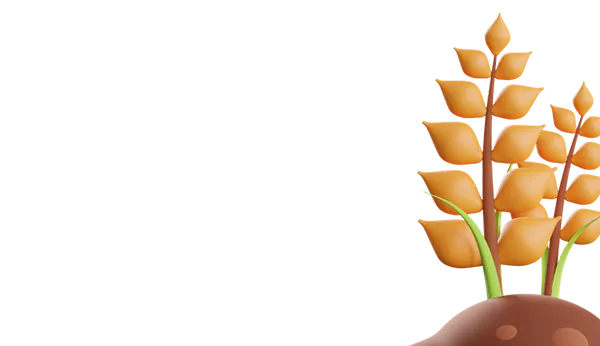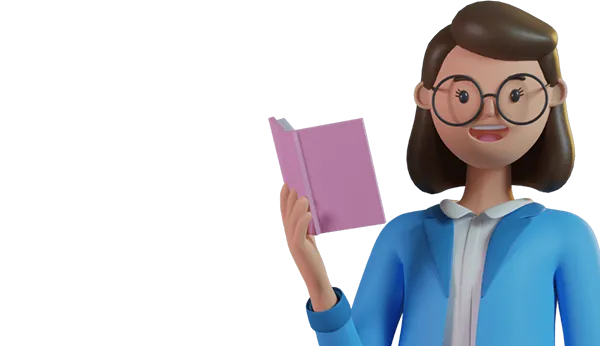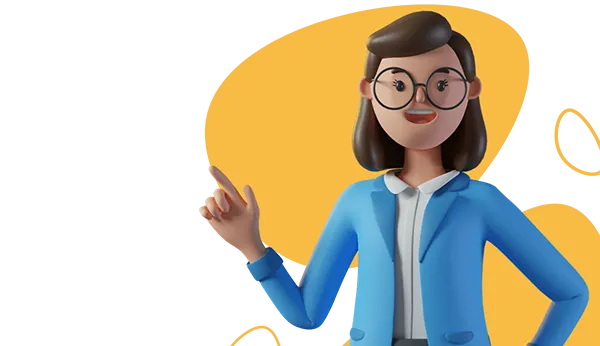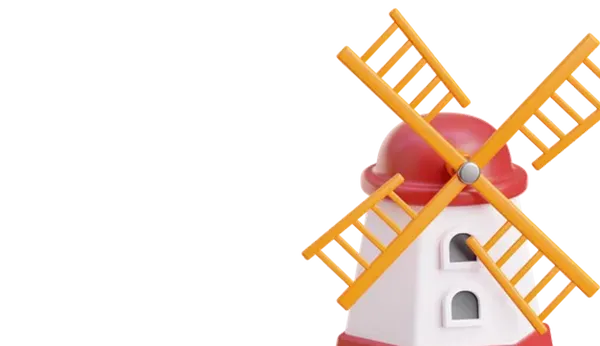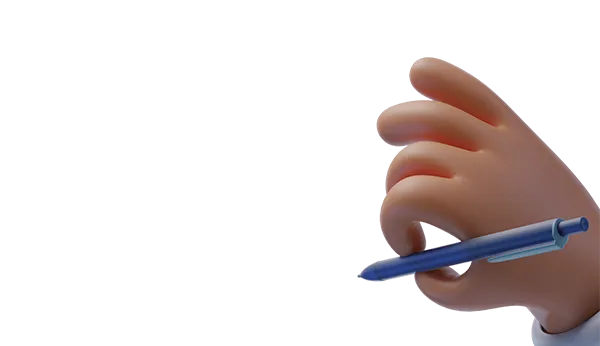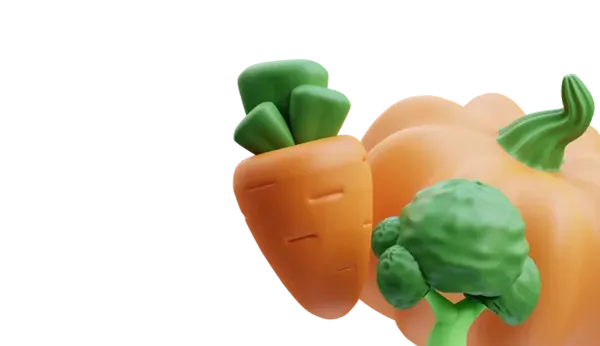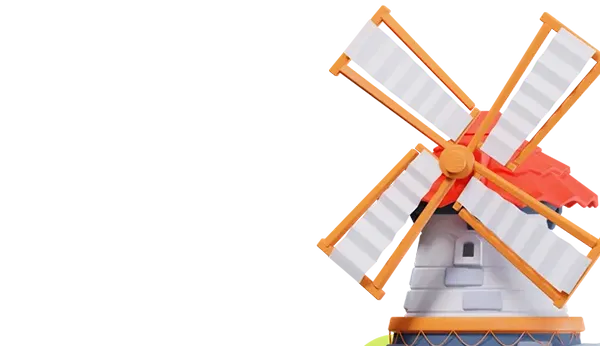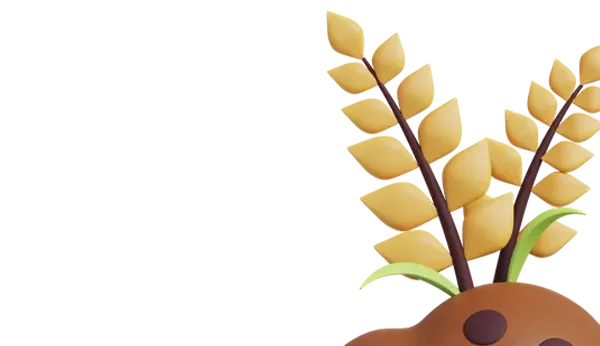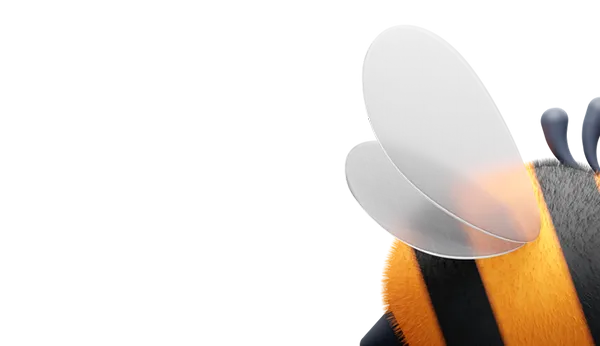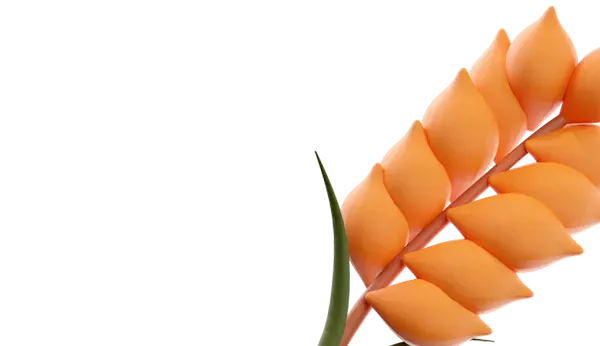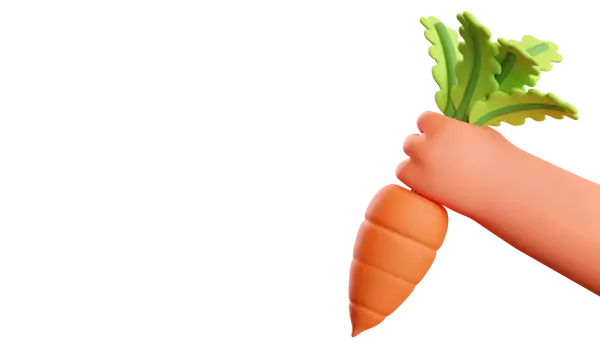After the harvest is completed, the cherry tree continues its active growth, laying buds for the next season and forming new shoots. Proper care in July guarantees the health of the cherry tree, abundant flowering, and fruiting in the upcoming year.
Pruning Cherry Trees in July
Begin caring for the cherry tree in July by conducting sanitary and light formative pruning. During the sanitary pruning, it is necessary to remove all dry, damaged, and clearly diseased branches. Such branches are a source of infection and attract pests. Pruning should be done at the collar level (at the base of the branch) or to healthy tissue.
It is recommended to remove vertical shoots, known as "suckers," as they thicken the crown, take away nutrition, and rarely bear fruit. They should be pruned at the base.
Infected branches with Monilinia blight should also be removed. Signs include wilted leaves and young shoots. Cuts should be made capturing healthy wood 10-15 cm long. Cut diseased branches should be destroyed, not composted.
Formative pruning involves examining the crown's center. Several weak branches growing inside the crown or crossing should be removed. The goal is to ensure good lighting and ventilation of all parts of the tree, which is critical for disease prevention and proper fruit ripening.
Lightly pruning young shoots by 1/3-1/4 of their length directed outward promotes branching and the formation of fruit buds for the next year. However, excessive severity should be avoided, as the main shaping of the crown is done in spring.
For bush cherry trees, it is important to prevent crown thickening. Branches growing inward should be removed. Note: fruiting in bush cherry trees mainly occurs on one-year-old shoots.
When caring for tree-type cherry trees, it is necessary to control the ratio of scaffold branches to the central leader. Strong growth competing with the leader should be pruned.
The tools used (pruners, loppers, saw) should be sharp and treated with a disinfectant solution (e.g., manganese solution). Large cuts (over 1 cm) should be covered with garden varnish or specialized paste.
Feeding Cherry Trees in July
After pruning and care, provide nourishment to the cherry tree for recovery, stimulating the growth of new shoots, and the formation of flower buds for the next year. Cherry trees respond well to potassium sulfate (1.5-2 tablespoons per 10 liters of water, one bucket per tree) and monopotassium phosphate (15-20 g per 10 liters of water, consumption: 1-1.5 buckets per tree). Avoid using nitrogen fertilizers, and cherry trees appreciate bone meal (about 100-200 g per tree).
If necessary (for signs of nutrient deficiency), foliar spraying with a diluted solution of monopotassium phosphate (5-10 g per 10 liters of water) or potassium humate can be carried out. Spraying should be done in overcast weather or in the evening.
Controlling Diseases and Pests of Cherry Trees in July
July is a time of active development of pests and diseases, especially on trees weakened after fruiting. The main enemies are Coccomycosis and Moniliosis!
Coccomycosis appears as small red-brown spots on the upper side of the leaf and pinkish-white powdery spores on the underside. Leaves start to yellow and fall massively in July-August. Copper-containing fungicides can be used for control: Bordeaux mixture (1%), HOM, Abiga-Pik, Skor, Rayok, Topaz. Bio-preparations like Fitosporin-M, Aliarcin-B, Gammaire can also be tried.
Moniliosis (Monilinia blight) is a dangerous fungal disease. During fruiting, it manifests as fruit rot (berries decay, covered with grayish spores). All affected berries and mummified fruits should be removed, and fungicide treatment should be carried out.
In summer, cherry trees are often attacked by aphids. Specialized insecticides like Actara, Iskra, Inta-Vir are needed to combat aphids. The products should be carefully applied, especially on the underside of the leaves.
Another issue is leaf rollers, which roll leaves into clusters and feed inside. To combat leaf rollers, Alatar, Kinmiks, Decis Profi, Inta-Vir, as well as bio-preparations like Fitoverm, Lepidocide, Bitoxybacillin can be used.
Spider mites can also attack cherry trees in hot, dry weather. Acaricides like Fufanon-Nova, Apollo, Omite are used to control mites.
In summer, it is recommended to remove root shoots and weeds around cherry trees to avoid pests. In autumn, loosening the soil around the tree to destroy pests is important. Planting green companions near the cherry tree to attract beneficial insect enemies is also beneficial.

